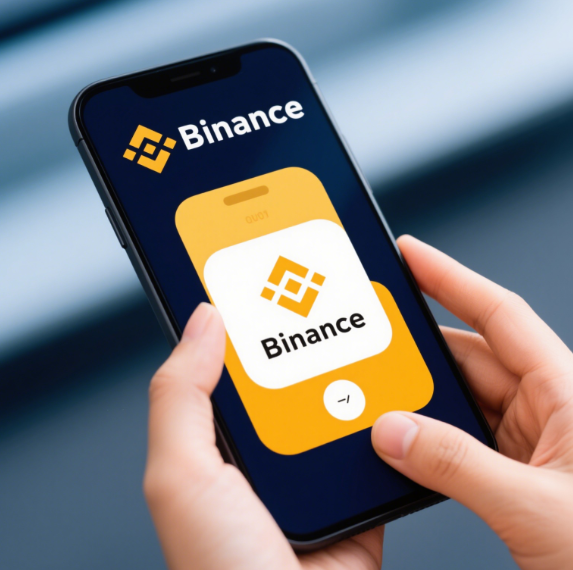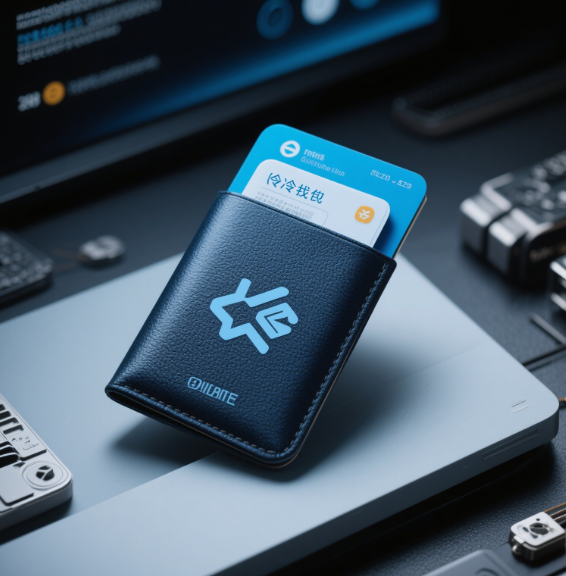In today's era, where digital currency is booming, many investors are turning their eyes to Bitcoin and other virtual currencies. However, for beginners, efficiently and safely transferring their assets can be quite challenging. One crucial aspect every investor should understand is the network transfer fees. Many newcomers often feel confused when it comes to Bitcoin transfers: How high are the fees? Which wallet offers the lowest fees? Don’t worry! Today, we will unravel these mysteries for you, helping you more intelligently manage your virtual assets and maximize the value of every transfer.
Understanding Network Fees
Before we dive into specific wallets and their fee structures, let’s first understand what network fees are. A network fee is the amount users pay to have their transaction details processed and added to the blockchain. This fee compensates miners for confirming transactions while also ensuring the security and stability of the network.

The amount of the fee can fluctuate due to several factors:
Network Congestion: When there is high trading volume, fees typically increase because miners will prioritize transactions that include higher fees.
Transaction Complexity: For example, multi-signature transactions tend to have higher fees due to the additional computing resources required for processing.
Type of Wallet: Different wallets have varying methods and settings for calculating fees.
Which Wallet Has the Lowest Fees?
Now let’s get to the main topic: comparing several commonly used virtual currency wallets to see which one offers the most competitive transfer fees:
1. Huobi Wallet
Huobi is a well-known trading platform, and its wallet is user-friendly and secure. Huobi Wallet's fees are relatively low, especially when the network isn’t congested. Users can also customize their fees to find a suitable balance in busy network periods.
2. Binance Wallet
Not only is Binance a top-tier exchange, but its wallet services are also excellent. The fees associated with Binance Wallet fluctuate in real time based on market conditions and sometimes offer lower fee options. Binance users can benefit from transaction fee discounts, further reducing overall costs.

3. MetaMask
MetaMask is a leading wallet for Ethereum and has gained a reputation for its exceptional user experience and fee transparency. Users have the flexibility to customize their fees and receive different priority options for transaction processing times.
4. Exodus
Exodus supports multiple currencies and is praised for its aesthetics and usability. Although its fees are not the lowest, users can minimize costs by transferring during off-peak hours. Additionally, Exodus allows users to monitor network fees in real time, enhancing transfer flexibility.
5. Trust Wallet
As Binance’s official wallet, Trust Wallet is highly rated for its security and fee transparency. Its transfer fees are generally moderate, but users can also opt for lower fee options to complete transactions.
Strategies for Minimizing Fees
Typically, fees can vary greatly depending on the time of transaction and network conditions. Beginners can adopt the following strategies to minimize transfer fees:
Choose the Right Time to Transfer: Avoiding high peak periods (like weekends or after major news releases) can significantly reduce fees.
Customize Fees: Many wallets allow users to tailor their fees, opting for “slow” or “normal” options can save substantial amounts.
Stay Informed About Transaction Volume: During periods like month-end or year-end when transaction volumes are high, fees may rise. Avoiding high-traffic periods can help mitigate costs.

Conclusion
In summary, there is a significant variance in network fees across different virtual currency wallets, and choosing the right wallet along with an effective transfer strategy is crucial for new investors. Whether you're making a large transfer or testing the waters with a small amount, understanding the fee structures of different wallets and timing your transactions effectively can help you minimize costs and enhance your investment strategy. We hope the information shared today will enable you to navigate the world of virtual currencies with confidence, invest intelligently, and reap financial rewards!
















No comments yet